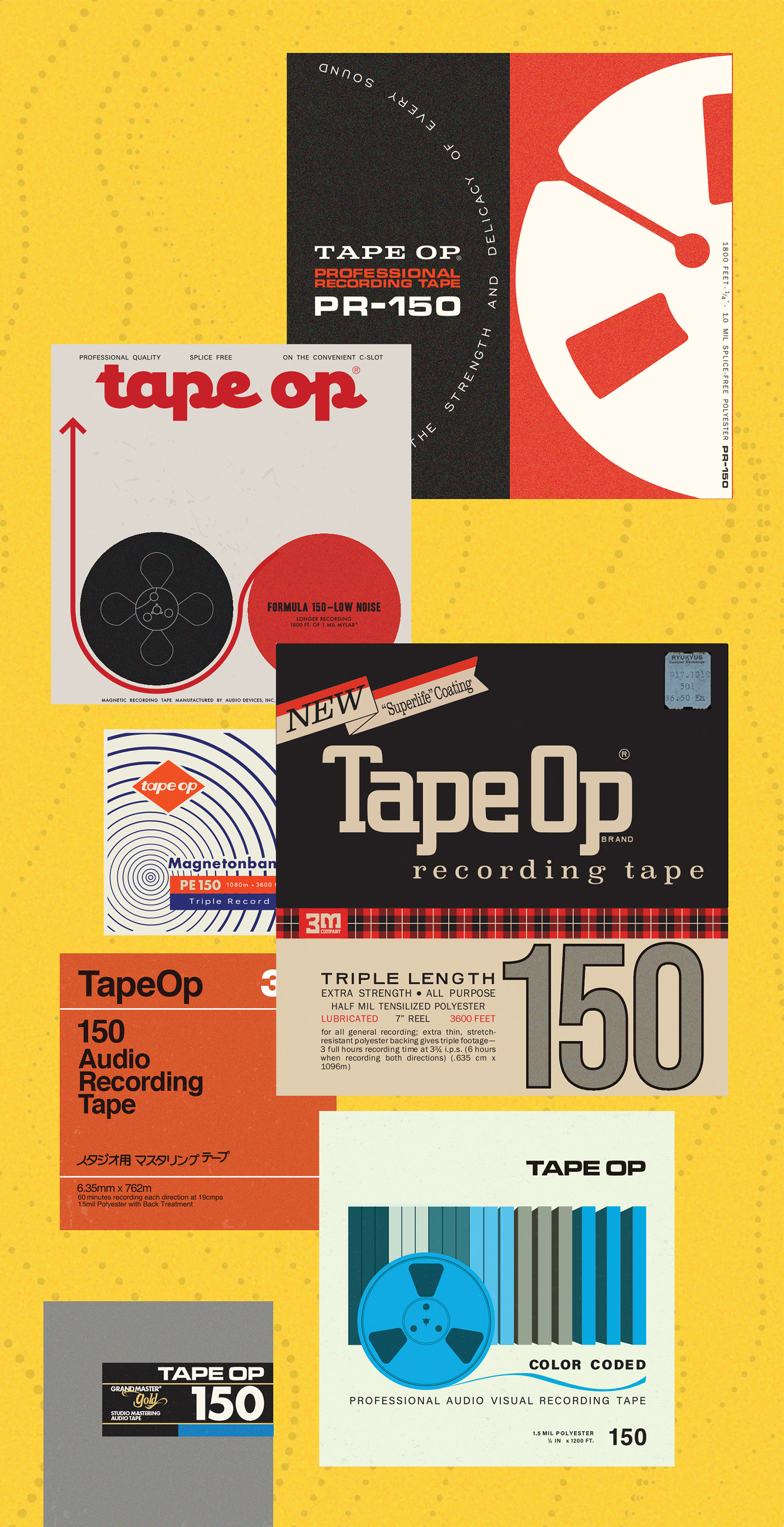Every stereo mix has a phantom center, or middle channel. This “mid,” includes any audio that is not panned (or recorded) exclusively to the right and left “side” channels, and creates a center image in a mix between the speakers. In typical mixes of popular music styles, the mid channel will mostly contain lead vocals, kick and snare drums, bass instruments, and such. The side channels will often contain panned out supporting instruments, strings, keyboard pads, drum overheads, ambience, and reverbs. Mastering engineers will frequently use mid/side (M/S) matrices to compress/limit/EQ the mid and sides differently (if needed), and this technique can also be used to change a lead vocal level in a stereo mix.
True Mid/Side is a plug-in that allows us to access the mid and side information in a stereo track, bus, aux return, or mix. The controls begin with the Main Outs selector, where we can pick Adjustable, Middle/Center, Stereo Sides, Left Side, Right Side, and Power Mono. Adjustable allows us to basically turn up or down the center volume and pan the sides more left or right via a knob and fader. The other Outputs should be self-explanatory, but Power Mono is interesting, as it increases the side channels’ levels by 3 dB after summing, so that the balance of the mix is closer to what’s heard in stereo – an interesting technique I’ll save for future use! There is an Out Trim if we need to attenuate the output level, and a Spread button that defaults to the Power width separation algorithm or can access a linear amplitude spread. They do sound slightly different, so check them out; I keep mine set to Power.
I was curious about using this plug-in for my mixing work, but first, I wanted to make sure it didn’t do any damage to the audio, as I’d heard of (and avoided) plug-ins that performed this process in ways that introduced EQ and phase artifacts. To test it, I copied three versions of a mixed song into separate tracks in Avid Pro Tools. Then I put True Mid/Side on two of the tracks, one with Main Outs set to Middle/Center and the other to Stereo Sides. Then I flipped the entire polarity of the unprocessed third track. If this plug-in works correctly, I should hear nothing once all three signals were combined. Nothing is what I heard. Perfect; no audio destruction going on.
One technique I’ve used for “fixing” previously-mixed tracks is to commit or render mid and side tracks separately (via Pro Tools’ AudioSuite) in order to save processing power. I’ll then chop the tracks up and drop into new paths for effects or level changes at different song points. I’ve even applied Avid’s Pro Multiband Splitter to the mid channel in order to be able to add reverbs to the voices (mostly) while leaving the low end alone. Virtual instruments have become ubiquitous these days, and they all seem to be stereo even when what they are mimicking is not (Wurlitzer?). With a lot of the textural and string pads I get sent to mix with, I will use True Mid/Side to reduce the center channel and make the track feel wider, along with Raising Jake Studios’ SideMinder [Tape Op #136] to eliminate low end stereo panning issues. But my most-used trick is to simply put True Mid/Side post reverb or delay on an aux return in order to attenuate the center channel. This trick (thanks, Andy Hong!) helps clear reverbs out of the mid channel, pushing them to the sides, so I can actually have more reverb without masking as much information.
I’ve been looking for a plug-in like True Mid/Side for years. I wouldn’t think of doing immersive mixing without having control over all the channels, so why should stereo mixing be considered any differently?




_disp_horizontal_bw.jpg)